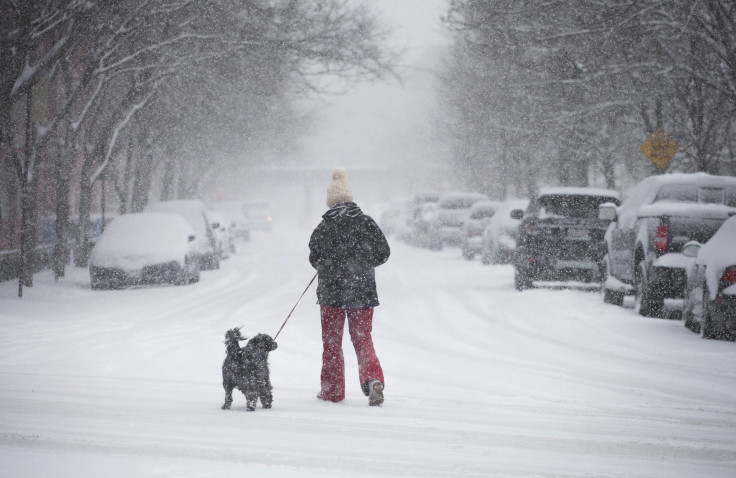When Does Fall End? First Day Of Winter Brings Autumn To A Close

As the temperature drops and holiday decorations go up, winter seems to be just around the corner. According to astrological activity, we can determine exactly when we say goodbye to fall and cozy up to the coldest season of the year.
The start and end dates of the four seasons are determined by the solar year, or tropical year, which represents the amount of time between two vernal equinoxes, or the time when the sun is approximately above the equator. During the vernal equinox, day and night are of about equal length. Between these equinoxes, the summer and winter solstices occur when one hemisphere is tilted closest and farthest toward the sun, respectively. The Northern Hemisphere experienced summer solstice June 20 at 6:34 p.m. E.D.T. and summer officially began, while winter began in the Southern Hemisphere.
Winter solstice, the shortest day and longest night of the year, will take place in the Northern Hemisphere on Dec. 21 at 5:44 a.m. EST. After this date, the days will gradually get longer until the sun crosses the spring equinox on March 20 at 6:20 a.m. when spring begins and the cycle of seasons restarts. In the Southern Hemisphere, the December solstice will not be the winter solstice, but the summer solstice because of the planet's tilt.
In the U.S., the changing of the seasons mainly means bundling up and last-minute holiday shopping. Many historians believe that Christmas was intentionally established on the 25th by the Christian Church in its early days to compete with a Roman pagan holiday coinciding with the winter solstice. Meanwhile, in the Middle East, Iranians celebrate Yalda Night, also known as Shab-e Chellah ("Night of the Forty" in Persian), when family and friends gather to eat festive foods and recite poetry, especially the 14th-century works of Hafez.
© Copyright IBTimes 2024. All rights reserved.





















